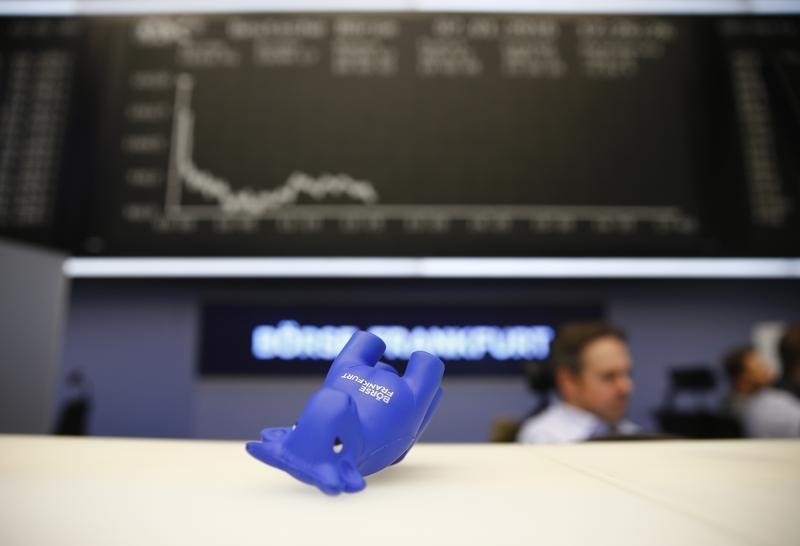This post was originally published on this site
https://i-invdn-com.akamaized.net/news/LYNXNPEC190ZO_M.jpg
Futures on the S&P 500 tumbled over 3% and European contracts were down about 2.5% in early trading in London. Asian stocks lost about 2.5%, on track for the worst day since March 23.
China is facing the biggest test of its containment strategy after a spike in cases linked to a vegetable market in the capital. Tokyo, which recently lifted its alert, on Sunday saw a resurgence in cases. Along with the threat of fresh, if localized, lockdowns looms the question of whether policy makers have much stimulus ammunition left in the wake of massive easing earlier this year.
“People are correcting the optimistic view they held,” said Mamoru Shimode, chief strategist at Resona Asset Management in Tokyo. “A V-shaped recovery wasn’t possible in the first place, but people had been quick to buy stocks on optimism.”
Second Wave Tests Near-Consensus on ‘Buy the Dip’: Taking Stock
Risk sentiment got no help from Chinese economic data Monday that showed the world’s second-largest economy had a smaller rebound in May than economists had expected. Retail sales continuing to drop and industrial output rising less than forecast.
Here’s a selection of comments on the state of markets from analysts and investors:
Watch China
“It is reports of new virus cases that suggest caution is appropriate right now,” Patrick Bennett, a strategist at Canadian Imperial Bank of Commerce in Hong Kong, wrote in a note to clients on Monday. “We often say China is an easy touchpoint for markets, whether that be for good or bad news. In the present situation and in wake of a sharp risk-off move in equity markets last week, if China hawkishness is rekindled, markets will continue to trade with an overall negative tone.”
Just a Squall?
The question is whether “Monday’s correction has more legs to it,” Sebastien Galy, senior macro strategist at Nordea Investment Funds wrote in a note to clients Monday. So-called value-at-risk gauges, along with the Vix measure of volatility in U.S. stocks “have moved significantly higher, forcing risk reductions across the board.” Lags until execution of those trades means “pressure on markets may last ’till Thursday,” he said.
“Such dislocations are often an opportunity,” Galy said. “We remain constructive on our equity outlook, though it might take a week for markets to calm down.”
Fragile Rally
Takeo Kamai, head of execution services at CLSA Securities Japan:The “selloff may have been triggered by CTAs selling U.S. futures,” he said, referring to Commodity Trading Advisors. It “tells you how fragile the market rally was. But as for today, investors may seem to have their focus on the possible second-wave information out from Beijing and Tokyo.”
‘Robinhood Effect’
Amy Wu Silverman, strategist at RBC Capital Markets, in a note Saturday:
“After a steady climb since late March, last week’s move was a wake-up call for retail and institutional investors alike,” she said of the slide in stocks that featured a near 6% drop on Wall Street Thursday. “Veteran investors have experienced bumpy markets before. How will the newly minted Covid at-home day traders react to the first major hiccup since the late March bottom?”
Silverman said the “Robinhood effect” — the impact of trading by novice investors over the Robinhood Financial platform — “has been fascinating and a bit frightening to watch.” She recommended put options on names popular on Robinhood.
Less Bad
Khiem Do, head of greater China investments at Barings in Hong Kong:
“In terms of the impact of these second waves on the global economy and financial markets, while certain geographical areas are likely to be affected, the overall and dominating trend in the coming few months is that the global economic re-opening will continue.” Do pointed to experience that officials have gained in battling the coronavirus for months now.
“Long-term investors should use weak correction periods as an opportunity to add to quality growth-sensitive assets.”
©2020 Bloomberg L.P.

